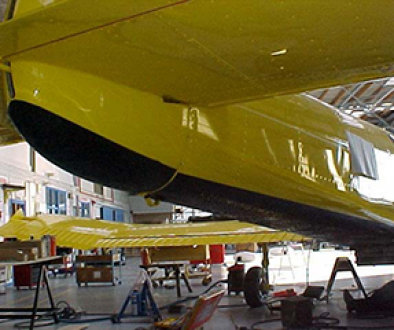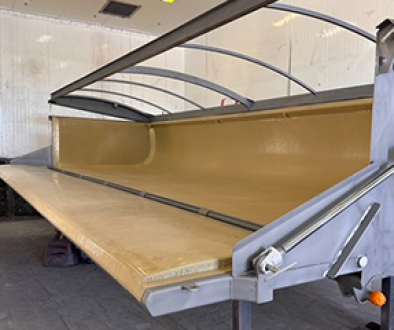Lining Wastewater Treatment Plant Tanks – Australia
![]()
Protective coatings for wastewater treatment plant tanks
Category: Chemical Resistant Tanks
Project: Protection from Degradation Caused by Calcification & Hydrogen Sulphide
Rhino Products: Rhino PP1195®
Job Description: Over 11,000m2 of the concrete process and ozone tanks within this major treatment plant had suffered serious degradation from calcification and hydrogen sulphide attack.
In what amounted to one of Australia’s biggest polyurea applications to date, the whole plant was high pressure water blasted, re-rendered where required, primed and coated with Rhino PP1195® at various required thicknesses.
In addition to these works, over 2,500m2 of water storage reservoir was also coated with polyurea.
Polyurea was specified for this project due to its excellent resistance to acidic attack, its high bond strength to concrete and its abrasion resistant yet flexible properties in continuously submerged corrosive conditions.
This project was successfully undertaken and completed by licensed Rhino Linings applicators who were required to satisfy strict QA and performance criteria demanded by the client (over 300 adhesion tests were conducted during this particular project alone).






